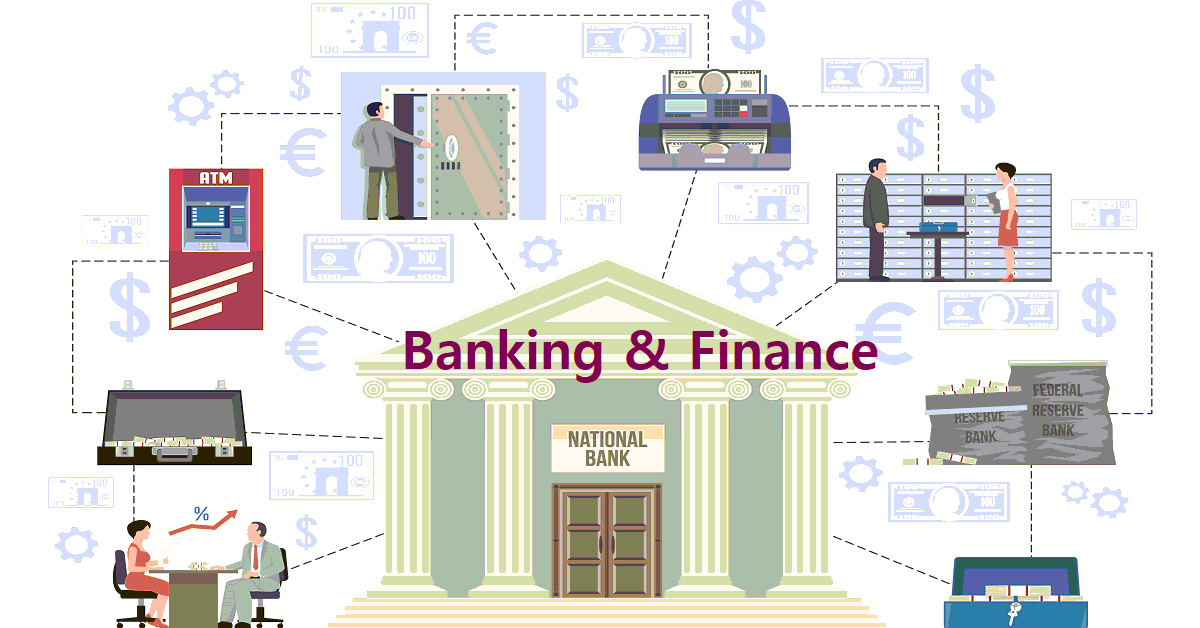
The retail banking industry is undergoing a transformation, with the rapid growth of technology and digitalization. Gone are the days when customers had to visit a physical branch to carry out their banking transactions. With the advent of online banking, customers now have the convenience of managing their finances from their smartphones, laptops, and tablets. The question that arises is whether technology can completely replace retail banking centers and the traditional banking experience.
Overview of the Retail Banking Industry and its Evolution with Technology:
The traditional retail banking industry has been around for centuries, providing customers with a range of financial services, such as savings and checking accounts, loans, and insurance. Over time, the industry has evolved to keep pace with changing customer demands and technological advancements. With the rise of digitalization and online banking, customers can now perform transactions, access their accounts, and manage their finances from anywhere, at any time.
Advantages and Disadvantages of Technology Replacing Retail Banking Centers:
Advantages:
- Increased convenience and accessibility: With online banking, customers no longer have to visit a physical branch to perform transactions. They can access their accounts and manage their finances from anywhere, at any time.
- Lower costs: Technology-based solutions are typically more cost-effective than traditional brick-and-mortar banking centers.
- Improved customer experience: The use of technology such as AI-powered chatbots and personalized recommendations can enhance the customer experience, providing real-time support and more tailored solutions.
Disadvantages:
- Security concerns: As more financial transactions are performed online, there is an increased risk of cyber attacks and identity theft.
- Limited face-to-face interaction: Technology cannot replace the human element and the personal touch provided by bank employees in a physical branch.
- Digital divide: Not all customers have access to technology, and those who do may not have the skills to use it effectively.
Impact of Technology on Customer Behavior and Expectations:
The rise of technology has had a profound impact on customer behavior and expectations. Customers now expect to have access to their financial information and perform transactions at any time, from anywhere. They also expect a seamless and personalized experience, with real-time support and tailored solutions. As a result, financial institutions must continually adapt to changing customer demands and stay ahead of the curve in terms of technology.
Case Studies of Successful Implementation of Technology in Retail Banking:
The implementation of digital-only banks in countries such as the UK and the US is a prime example of the successful use of technology in retail banking. These banks have been able to attract customers with their convenient and accessible online platforms, lower costs, and improved customer experience. In addition, the integration of AI-powered chatbots in the banking industry has proven successful in providing 24/7 customer support and improving the overall customer experience.
Future Trends and Predictions for Technology in Retail Banking:
As technology continues to evolve, it is likely that the retail banking industry will continue to be impacted in a number of ways. Predictions for the future include an increased focus on security, with financial institutions investing in the latest technology to protect against cyber attacks and identity theft. There will also be a growing demand for personalized solutions, with customers expecting tailored recommendations and real-time support. The integration of virtual and augmented reality technologies is also likely to become more widespread, providing customers with a more immersive and interactive banking experience.
Final Thought
In conclusion, the retail banking industry is undergoing a major transformation due to technological advancements. While technology has brought many advantages to the retail banking industry, such as increased convenience, accessibility and efficiency, it has also resulted in some challenges, such as the potential loss of personal interaction and potential job losses. The success of digital-only banks and the integration of AI-powered chatbots serve as examples of the potential for technology to completely replace traditional retail banking centers.
However, it's important to note that technology can never completely replace the human touch and personal interaction that is essential to building trust and relationships with customers. As such, while technology will continue to play an increasingly important role in the retail banking industry, it is unlikely to completely replace traditional retail banking centers in the near future. Instead, it is likely that technology and traditional banking centers will continue to coexist, complementing each other and working together to provide the best possible customer experience.
It's clear that technology will continue to shape the retail banking industry in the years to come. Banks and financial institutions that are able to successfully adopt and integrate technology into their operations will be better positioned to meet the evolving needs and expectations of their customers. For bank customers, employees, financial institutions, investors, and researchers in the banking industry, it's important to stay informed about the latest developments and trends in technology in order to ensure a successful future for the retail banking industry.
Banking and Finance




